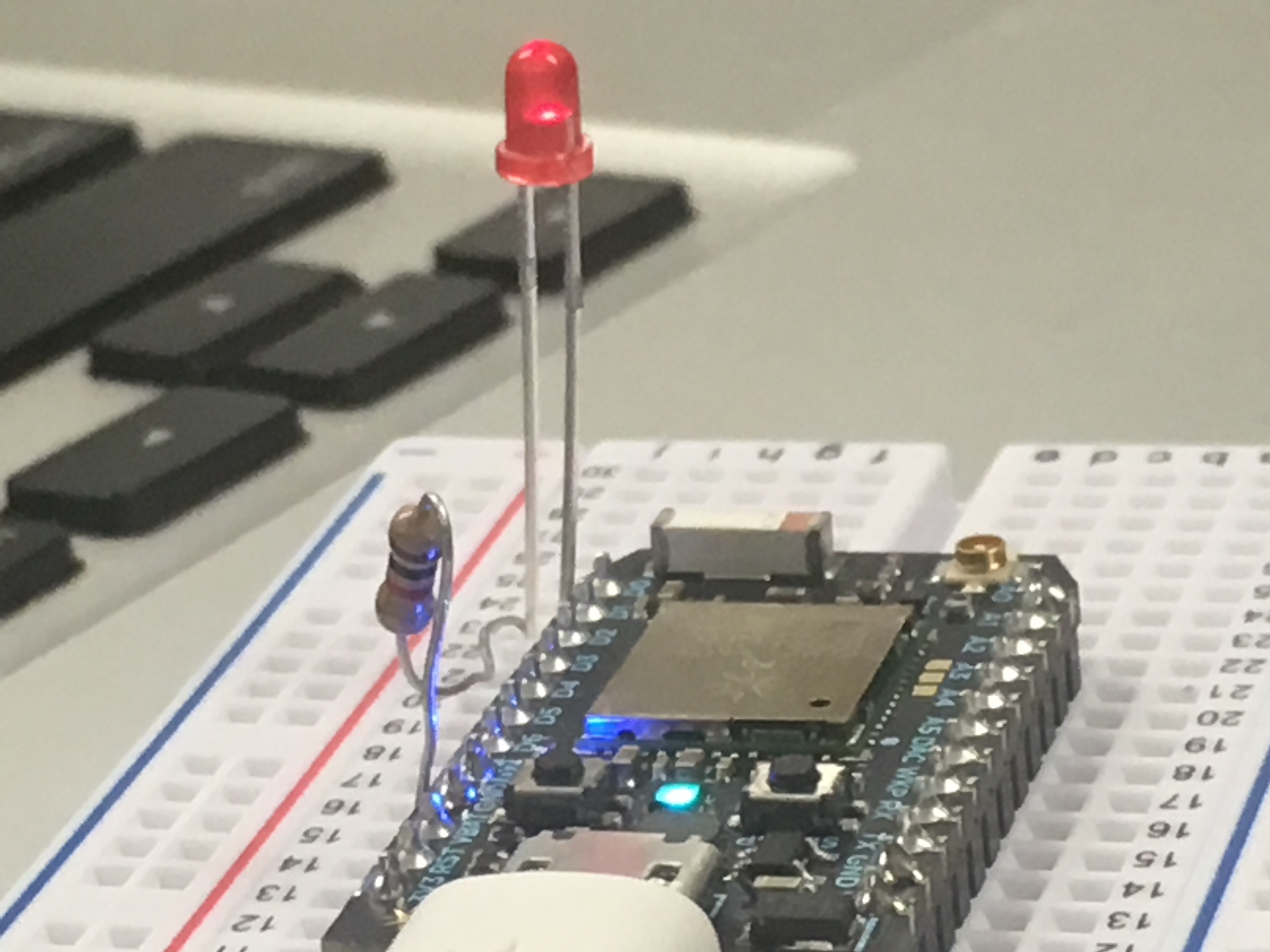
For myself, the drones and sensors class was interesting in respect to the length of the course. I haven’t taken a mini course, especially not one that was online with an in person class meeting workshop. So, I enjoyed the ability to have this class awesome.
Now, for the class: I appreciate the wide range of information given in regards to drones. The videos in addition to the assignments featured a wide range of variety of discussion about drones. Being able to hear different perspective was very nice.
For the most part, I was unimpressed with drones. And basically just took the fact that some people are using them for Invasion of Privacy claims. So, needless to say, I was mostly unimpressed by what drones do/can do. Now, I’m quite interested in them and realize that their benefits FAR outweigh the drawbacks to how they can be used. I didn’t understand the problems they were facing with FAA and the ability or inability for the common enthusiast to pilot one. Now, I would say I am a supporter and advocate of drone and drone pilot rights especially in regards to journalistic exercises. Sadly though, the FAA doesn’t believe there should be as much liberty in regards to cotizens or journalists as this site explains that FAA is more interested in regulating everything and everyone instead of allowing for any civil liberties being allowed. (http://www.slate.com/blogs/future_tense/2015/10/30/the_faa_s_drone_registration_task_force_has_no_civil_liberties_advocates.html)
I believe that drone journalism will become a prominent form of journalism once media corporations are able to cut through the FAA’s red tape. I see there being fewer cameramen and more drone pilot/reporters to take the helm. I believe with the lowering costs of high definition camera equipment mixed with the shrinking of size needed to handle such quality equipment will lead many media outlets to use drones to 360 views of sites they are reporting on. Add in the virtual reality abilities and aspects of such journalism and you’ve filled a niche that traditional media has yet to harness.
Also, the ability to use such small equipment with various sensor technology is truly amazing and adds for even more things to be reported than can currently be reported and at such an inexpensive way.
Below is a picture of an led on a Photon board. A temperature sensor is even smaller than that light and it with the board could easily be mounted on a drone. You could then fly a drone over a wildfire area and report on how dangerous just the temperature is, never mind the fire.

I had no idea the ease of use or the ability of various sensors that can be used. In less than an hour, you can have everything set up and reporting to a log file on the Internet. All with less than $50 worth of equipment. In the future, this ability will make journalists have more knowledge for their reports and will probably help to have them perceived by more than just someone reading cues off a screen.
In in the future, especially after last weeks FAA mandate requiring mandatory registration for nearly all drones, I would hope the FAA can be more lax on their requirements and allow for recreational drones within reason being allowed without having to register or even worse, having to have a section 333 exemption to fly. I believe the FAA is just trying to take a firm stand at the beginning so they don’t find themselves on the wrong side of privacy issues moving forward, especially with journalistic outings.